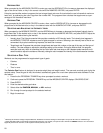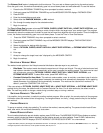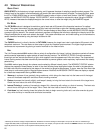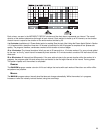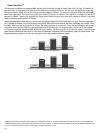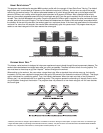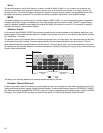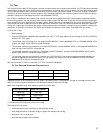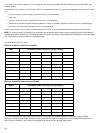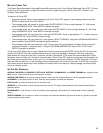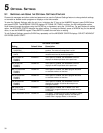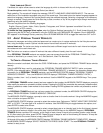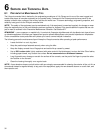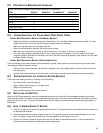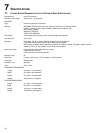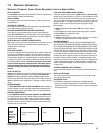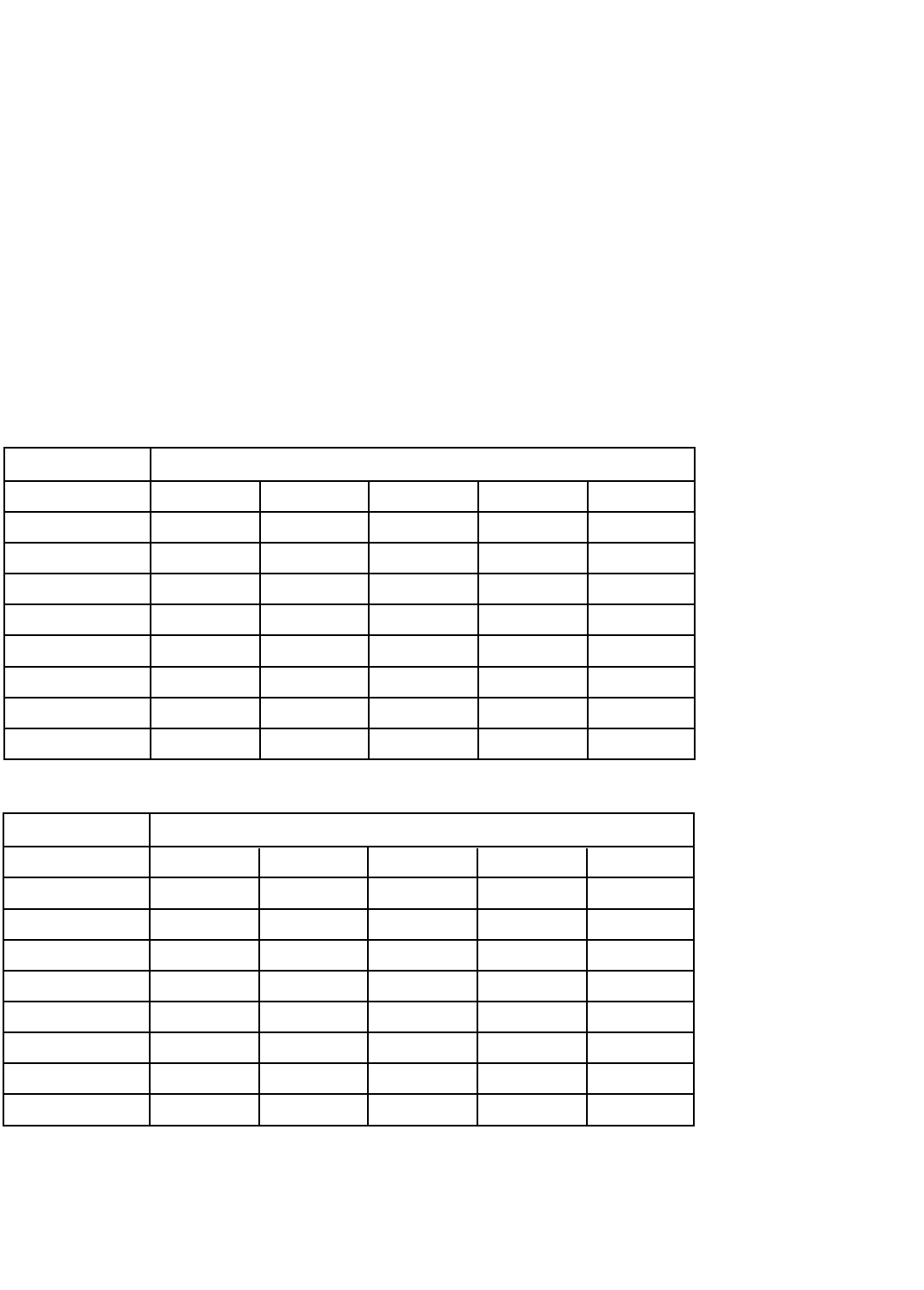
28
If you make an error when entering any Fit Test data, you can correct it by pressing CLEAR, inputting the correct information, and
pressing ENTER.
It is important for you to take the Fit Test under similar circumstances each time. Your heart rate is dependent on many factors, includ-
ing:
O
amount of sleep the previous night (at least seven hours is recommended)
O
time of day
O
time you last ate (two to four hours after the last meal is recommended)
O
time since you last drank a liquid containing caffeine or alcohol, or smoked a cigarette (at least four hours is recommended)
O
time since you last exercised (at least six hours is recommended)
For the most accurate Fit Test results, you should perform the Fit Test on three consecutive days and average the three scores.
NOTE: To receive a proper Fit Test score, the work done must be within a training heart rate zone that is 60 percent to 85 percent of
the theoretical maximum heart rate. This rate is defined by the American College of Sports Medicine's "Guidelines for Exercise Testing
and Prescription" as equal to 220 minus an individual's age.
The tables below list fit test results.
R
ELATIVE FITNESS
CLASSIFICATION FOR MEN
Men Estimated VO2 Max (ml/kg/min) Per Age Category
Rating 20-29 30-39 40-49 50-59 60+
Elite 52+ 51+ 48+ 45+ 42+
Excellent 50-51 48-50 46-47 42-44 39-41
Very Good 47-49 45-47 43-45 40-41 36-38
Above Average 44-46 42-44 40-42 37-39 33-35
Average 41-43 39-41 37-39 34-36 30-32
Below Average 38-40 36-38 34-36 31-33 27-29
Low 35-37 33-35 31-33 28-30 24-26
Very Low <35 <33 <31 <28 <24
RELATIVE FITNESS CLASSIFICATION FOR WOMEN
Women Estimated VO2 Max (ml/kg/min) Per Age Category
Rating 20-29 30-39 40-49 50-59 60+
Elite 44+ 42+ 39+ 35+ 34+
Excellent 42-43 40-41 37-38 33-34 32-33
Very Good 39-41 37-39 35-36 31-32 30-31
Above Average 37-38 35-36 32-34 29-30 28-29
Average 34-36 32-34 30-31 27-28 25-27
Below Average 31-33 29-31 27-29 25-26 23-24
Low 28-30 27-28 25-26 22-24 20-22
Very Low <28 <27 <25 <22 <20
Life Fitness developed this rating scale based on VO2 max percentile distributions referenced in American College of Sports
Medicine's "Guidelines for Exercise Testing and Prescription" (6th Ed. 2000). It is designed to provide a qualitative description of a
user's VO2 max estimation, and a means of assessing initial fitness level and tracking improvement.



